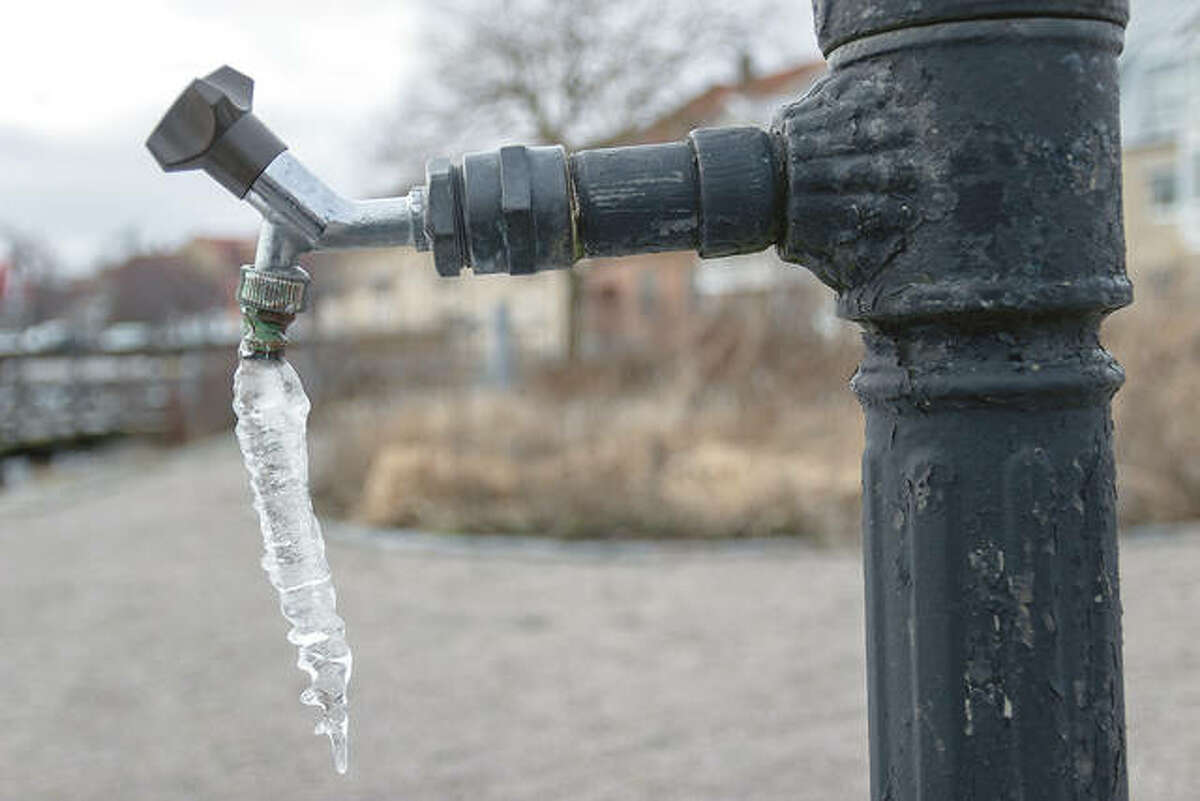Guidance for Avoiding Frozen Plumbing in Cold Weather: Specialist Insights
Guidance for Avoiding Frozen Plumbing in Cold Weather: Specialist Insights
Blog Article
Here underneath yow will discover a good deal of wonderful news involving How To Avoid Freezing Pipes.

Cold weather can ruin your plumbing, specifically by freezing pipes. Below's how to avoid it from occurring and what to do if it does.
Introduction
As temperature levels decline, the danger of icy pipes boosts, potentially leading to pricey fixings and water damage. Comprehending how to prevent icy pipelines is vital for property owners in cool climates.
Avoidance Tips
Shielding at risk pipelines
Wrap pipelines in insulation sleeves or make use of warmth tape to protect them from freezing temperature levels. Focus on pipelines in unheated or external areas of the home.
Home heating strategies
Maintain interior areas effectively heated, particularly locations with pipes. Open up cabinet doors to enable cozy air to distribute around pipelines under sinks.
Just how to recognize frozen pipelines
Search for reduced water circulation from faucets, uncommon smells or sounds from pipelines, and visible frost on subjected pipelines.
Long-Term Solutions
Structural changes
Consider rerouting pipelines far from outside walls or unheated locations. Add added insulation to attic rooms, cellars, and crawl spaces.
Updating insulation
Purchase top notch insulation for pipes, attic rooms, and wall surfaces. Proper insulation helps keep constant temperature levels and minimizes the risk of icy pipelines.
Safeguarding Outdoor Plumbing
Yard tubes and exterior taps
Detach and drain pipes garden tubes before winter months. Install frost-proof faucets or cover exterior taps with protected caps.
Recognizing Frozen Pipes
What triggers pipelines to ice up?
Pipes ice up when revealed to temperatures listed below 32 ° F (0 ° C) for extended periods. As water inside the pipelines freezes, it increases, taxing the pipe wall surfaces and potentially triggering them to burst.
Threats and damages
Frozen pipes can cause water system interruptions, residential property damages, and expensive repairs. Ruptured pipelines can flooding homes and trigger substantial architectural damage.
Signs of Frozen Pipeline
Recognizing frozen pipelines early can prevent them from rupturing.
What to Do If Your Pipes Freeze
Immediate actions to take
If you think icy pipelines, maintain faucets open to ease pressure as the ice thaws. Utilize a hairdryer or towels taken in warm water to thaw pipes gradually.
Conclusion
Stopping frozen pipes requires aggressive procedures and fast feedbacks. By comprehending the causes, indications, and preventive measures, home owners can safeguard their plumbing throughout winter.
5 Ways to Prevent Frozen Pipes
Drain Outdoor Faucets and Disconnect Hoses
First, close the shut-off valve that controls the flow of water in the pipe to your outdoor faucet. Then, head outside to disconnect and drain your hose and open the outdoor faucet to allow the water to completely drain out of the line. Turn off the faucet when done. Finally, head back to the shut-off valve and drain the remaining water inside the pipe into a bucket or container. Additionally, if you have a home irrigation system, you should consider hiring an expert to clear the system of water each year.
Insulate Pipes
One of the best and most cost-effective methods for preventing frozen water pipes is to wrap your pipes with insulation. This is especially important for areas in your home that aren’t exposed to heat, such as an attic. We suggest using foam sleeves, which can typically be found at your local hardware store.
Keep Heat Running at 65
Your pipes are located inside your walls, and the temperature there is much colder than the rest of the house. To prevent your pipes from freezing, The Insurance Information Institute suggests that you keep your home heated to at least 65 degrees, even when traveling. You may want to invest in smart devices that can keep an eye on the temperature in your home while you’re away.
Leave Water Dripping
Moving water — even a small trickle — can prevent ice from forming inside your pipes. When freezing temps are imminent, start a drip of water from all faucets that serve exposed pipes. Leaving a few faucets running will also help relieve pressure inside the pipes and help prevent a rupture if the water inside freezes.
Open Cupboard Doors
Warm your kitchen and bathroom pipes by opening cupboards and vanities. You should also leave your interior doors ajar to help warm air circulate evenly throughout your home.

As an avid reader about Helpful Tips to Prevent Frozen Pipes this Winter, I figured sharing that piece of content was really helpful. Those who enjoyed our blog entry kindly be sure to share it. I take joy in reading our article about Preventing and dealing with frozen pipes.
Book Service Now Report this page